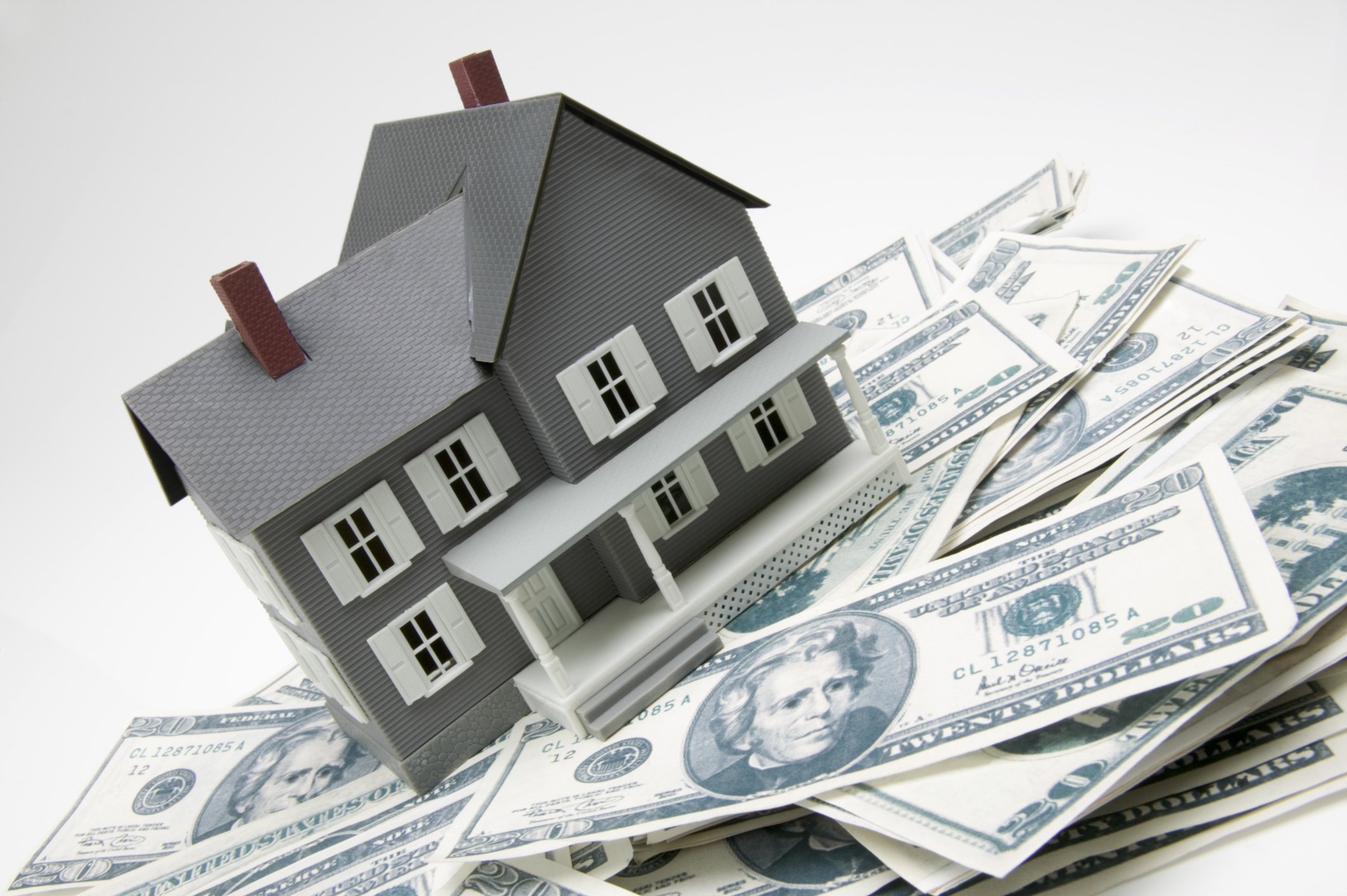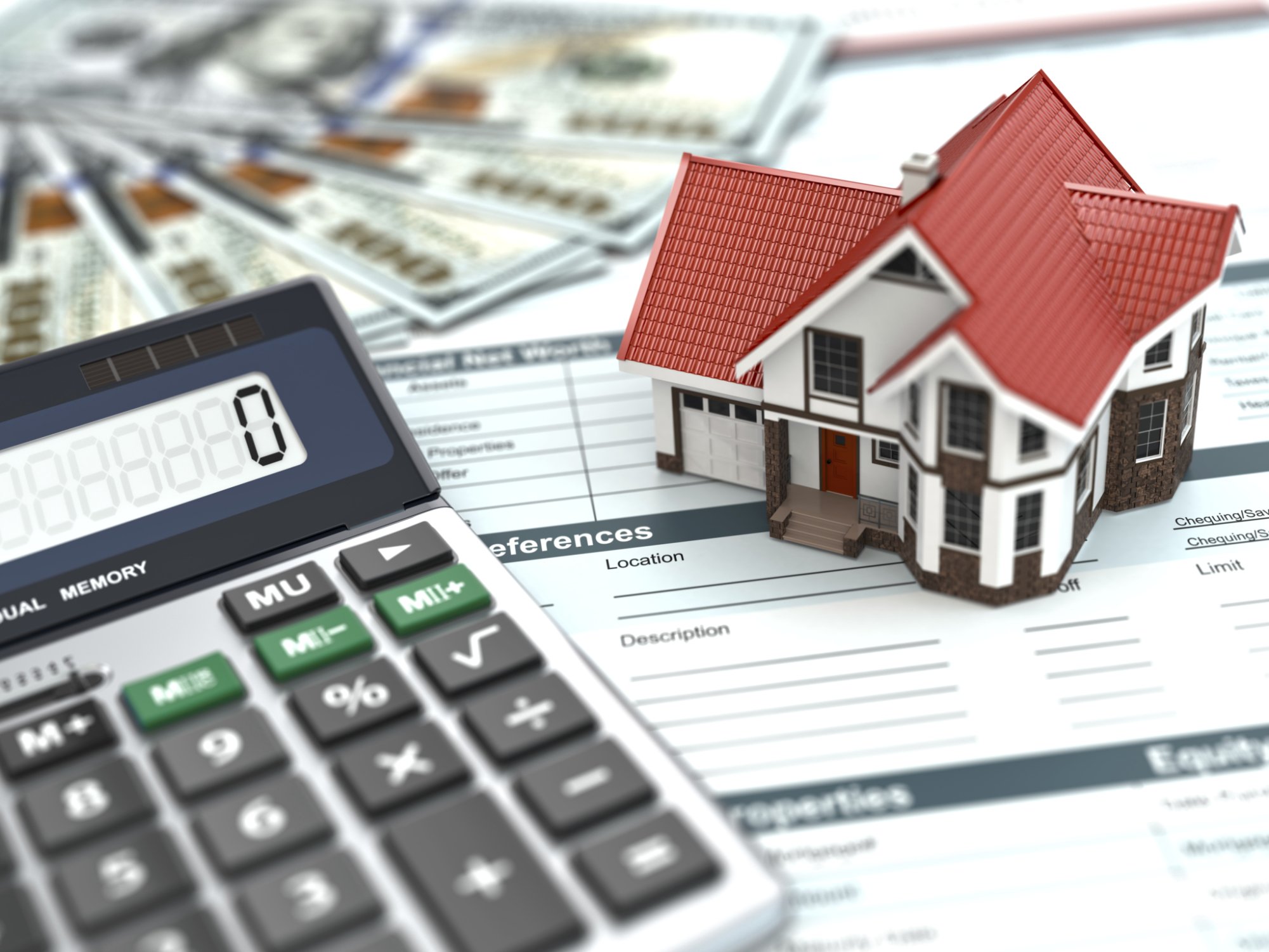 The mortgage industry has gone through some changes in the last three months. If you are looking to finance a home in 2017, it is important that you know what the opportunities are and how to capitalize on them. Over the next 12 months, here are some things to keep in mind as you consider your financing.
The mortgage industry has gone through some changes in the last three months. If you are looking to finance a home in 2017, it is important that you know what the opportunities are and how to capitalize on them. Over the next 12 months, here are some things to keep in mind as you consider your financing.
Interest rates have spiked and are now sitting at over 4% on the widely popular 30-year fixed-rate mortgages. This change occurred seemingly overnight once Donald Trump was elected president. The markets saw this and rallied, marking a change that meant less regulation, with more opportunity in the investment market. Subsequently, this meant that expense bonds were driving mortgage rates higher. The market was further affected when the Federal Reserve tightened its monetary policy in December 2016. As a result, you can now expect an interest rate on your mortgage anywhere between 4% and 4.5%, depending on your credit score, the loan program and your financial stability. (If you’re not sure where your credit stands, you can view two of your free credit scores, with updates every 14 days, on Credit.com.)
Is Buying a Home a Still Worthwhile?
Buying a home is still a solid goal for many, and it is certainly still an attainable one. With higher interest rates, however, affordability will become the main thing to consider, especially the choice between being able to make a mortgage payment and continuing to save. When you qualify for a loan, an interest rate with a half percent difference can translate to around $75 to $80 per month, depending on the amount being financed. While this change may not seem significant, in the long run it is something to take in to consideration when planning to invest in a high-ticket item. Keeping your credit score as high as possible is also important for scoring a good interest rate and keeping your housing payment manageable. (Tips on how to do that here.)
What About Refinancing in 2017?
The option to refinance in order to lower your interest rate might not be the best choice for the moment. Rates are not where they were prior to the election, so going from a 30-year mortgage to a new 30-year mortgage and expecting a lower interest rate may not be in the cards for a little while. Here are some refinance opportunities that are more accessible in today’s environment:
- Cash-out refinancing: Refinancing with the intent to pull equity out of your home is a byproduct of an inflationary environment. Remember, when mortgage rates rise, it is also common for interest rates on consumer obligations such as lines of credit, student loans, and credit cards to rise as well. Cash-out refinancing can be a smart and prudent move to rid yourself of high payments that are typically associated with consumer debts. For example, if you can pull out $20,000 in a cash-out refinance and use that money to pay off your larger outstanding debts (i.e. car loan, student loan, credit cards, furniture), your mortgage payment may rise to $100 per month, but you’ll save $600 per month in obligatory debt. You can then take that extra $500 and save that money or pay down your mortgage principal.
- Shortening your loan term: Long-term fixed-rate loans are expensive when you consider the total interest paid over the life of the loan. Going from a safe 30-year fixed-rate mortgage to a 15-year fixed-rate mortgage can save you a substantial amount of money. Fifteen-year and 10-year fixed-rate mortgages are both hovering in the mid-to-low 3% interest margins, marking an opportunity to pay your mortgage off in full while also perhaps planning for retirement.
- Refinancing to drop mortgage insurance: This form of refinancing might mean having to pay a slightly higher interest rate on a long-term 30-year mortgage, but it also means dropping the private mortgage insurance that brings up your payments several hundred dollars per month. The key is to take the money and do something smart with your new savings.
What’s in Store for Mortgages This Year?
Here are some things to keep in mind in 2017.
- Financial Markets: If the stock market continues to improve and rally, expect mortgage rates to continue their upward climb.
- Big Events: It would take something big and unexpected to cause the market to reverse course, shifting money into bonds and driving mortgage rates lower. If something like this does happen and you are eyeing a particular interest rate, act quickly.
- Fannie Mae and Freddie Mac: Pay attention to any news from Fannie Mae or Freddie Mac. If rates continue to rise, current underwriting standards might be adjusted to meet the needs of the shrinking housing market. Expect guidelines to loosen slightly to offset the higher interest rates.
If you are looking to purchase a house or refinance one you already own, and there is a financial benefit to the terms and rate you qualify for, act on it. Let affordability be the driver of your decision to purchase or refinance a home to meet your financial goals. The market will always change and evolve, and if you can justify the opportunity, it should be something for you to seriously consider.
This article originally appeared on Credit.com and was written by Scott Sheldon.








